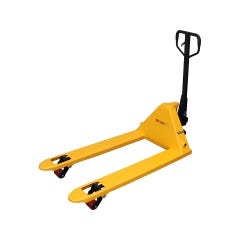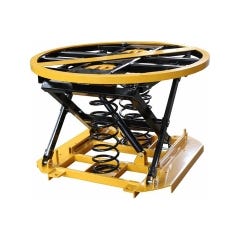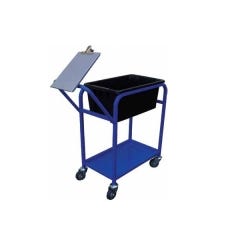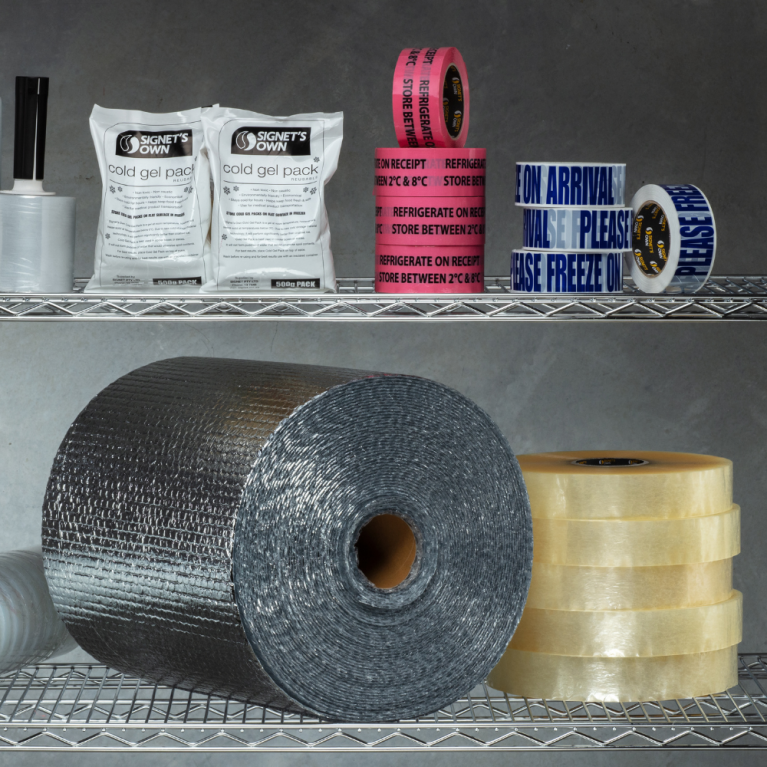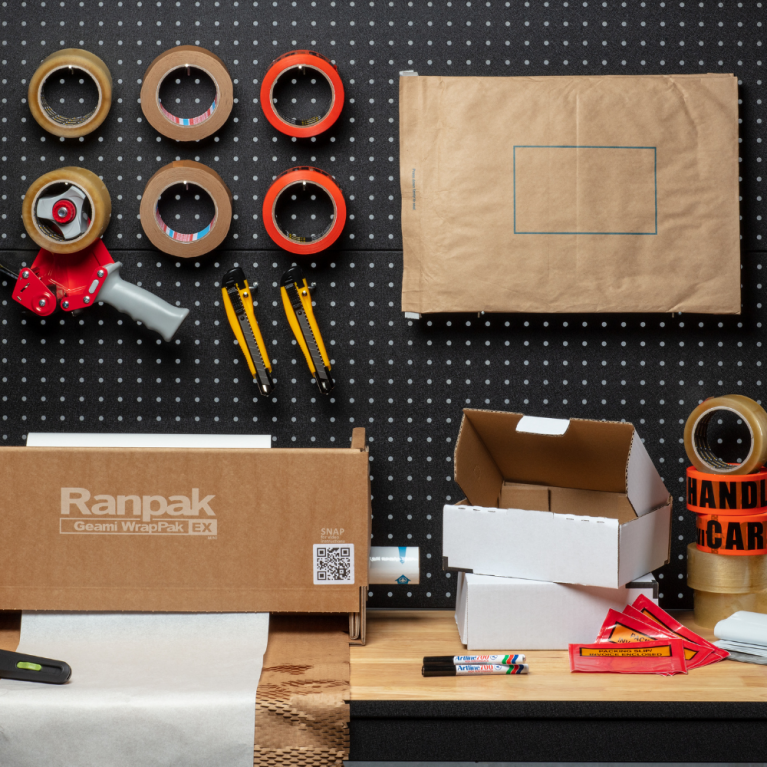
Whether you store products in a small warehouse or a large Distribution Centre, their physical location and your inventory processes can have a big impact on your overall storage costs.
Strategically placing your products within your warehouse and following correct processes are two steps that you can take to tackle this cost and create long term savings.
Picking the right spot
Staff receiving inventory, picking customers’ packaging supplies, and replenishing inventory levels all require “travelling time”. This could be taking a few steps to replenish your cardboard boxes or going up and down the entire length of your warehouse to pick an order.


By reducing your “travelling time”, you could improve your business’s level of efficiency, potentially reduce the chance of injuries and the related costs (as there is less movement), and streamline your resources. For example, less staff may be needed to replenish cardboard boxes, as orders are picked faster when the relevant items are grouped together.
When you’re picking the right spot, consider the below factors:
- Store heavy products and pallets on the bottom of your racking – not only is this important for maintaining a balanced rack, it also improves overall picking time. Remember, every level of racking adds extra seconds.
- Keep regularly used items near your despatch area – this includes your customers’ commonly purchased products and the packaging supplies needed to send them, such as stretch film, cardboard boxes, and packing tape.
- Store your replenishment inventory above your picking inventory.
- Use the right equipment to safely reach products that are stored above shoulder height – no matter the task, you should always work between your shoulders and knees. The chance of injury increases when trying to reach products that are stored on higher racks, as items may fall or you may lose your balance. Use an order picker to reduce those risks.
Following Correct Processes
A well-run warehouse is an efficient warehouse, and your inventory processes could be creating unnecessary expenses.
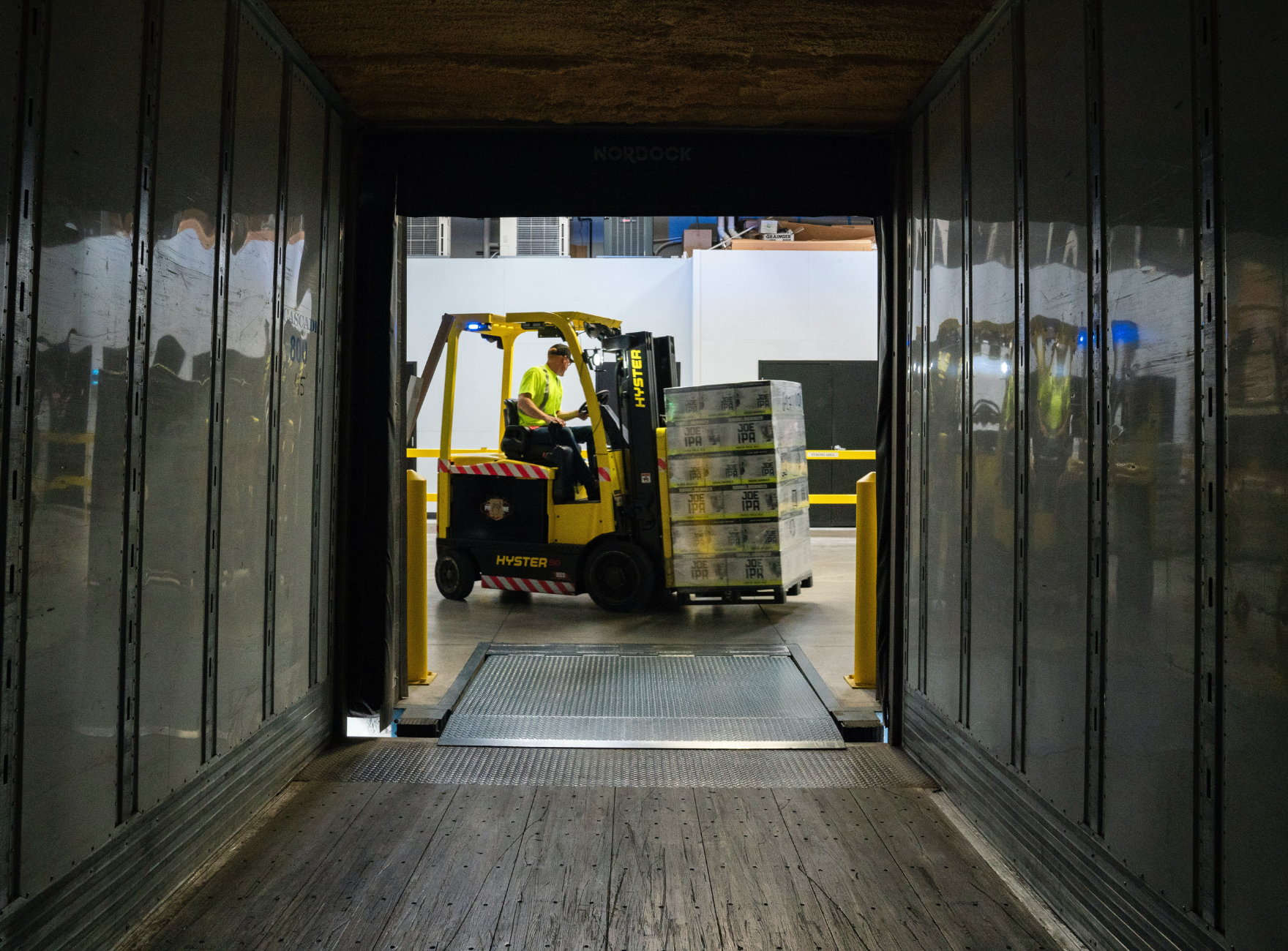

Consolidating your inventory
Storing stock in multiple warehouses means more rent, more electricity consumption, and more resources to run each warehouse.
Storing your products in one location is an easy way to reduce your overhead expenses. Having one person do the reordering could also stop the needless purchasing of several types of the same packaging supplies, such as packing tape – this is particularly beneficial if there is a substantial price difference.
Not having the right amount of inventory
Forecasting and ordering the right amount of stock is critical to minimising (or even better, avoiding!) express deliveries or having to source alternate suppliers that can create additional costs.
Knowing your lead times and customer purchasing patterns is an important part of the forecasting and ordering process. With this information, you can more accurately determine the right level of safety stock to cover you if more products are sent out than expected and you are waiting for new stock to arrive.
While storage costs are unavoidable, they don’t have to be sky high. Making small adjustments to your existing processes and to the layout of your products could make a big difference when you are looking to cut costs and save.

